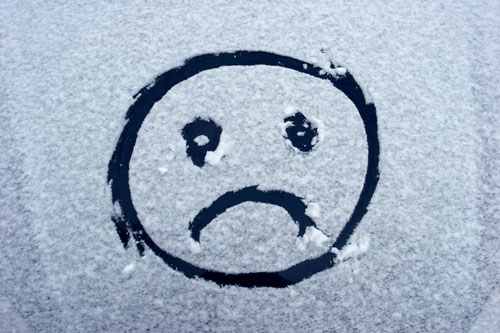
Winter is the time of the year when many people feel the lowest. A popular term used to describe this is – Winter Blues. The reduced exposure to the sun is hard on everyone – especially for newcomers from tropical regions, which is why more and more people struggle with Seasonal Affective Disorder (SAD). It is a type of depression which follows a cyclic pattern. The individual starts to feel the symptoms during the winter months. For some, the symptoms may begin in the fall.

The exact cause of seasonal affective disorder is unknown to us. A popular theory suggests that circadian rhythms, which regulate the body’s internal clock, may be disrupted by reduced exposure to natural sunlight during autumn and winter; this, in turn, impacts the production of serotonin, a neurotransmitter linked to mood regulation, leading to Seasonal Affective Disorder (SAD).
Another factor that may play a crucial role is melatonin. It is a hormone responsible for sleepwake cycles. Reduced sunlight exposure drives the brain to produce more melatonin, which results in feelings of lethargy and sleepiness, a common symptom of Seasonal Affective Disorder (SAD).
Symptoms of Seasonal Affective Disorder include –
SAD accounts for 10% of all reported cases of depression. In their lifetime, about 15% of Canadians will experience SAD, and 2-3% will experience severe symptoms. Those with a family history of depression are at greater risk of developing SAD.
SAD is more common in northern countries or cities than those living closer to the equator. Canadians and newcomers to Canada, especially those relocating from tropical regions, are particularly at risk, as we have decreased sunlight during winter.
The risk of SAD is higher among adults than among children and teenagers. The risk of SAD decreases after the age of 50. also, Women are at a higher risk of experiencing SAD compared to men. Seasonal Affective Disorder impacts a person’s overall well-being, affecting their ability to perform day-to-day activities. It is essential to Reach out for help to cope with/manage the
Seasonal Affective Disorder successfully. We at H.O.P.E Psychotherapy believe that through awareness, understanding, and open conversations about Seasonal Affective Disorder, we can work towards creating a supportive environment for those affected, ensuring that the shadows of winter do not overshadow their well-being.